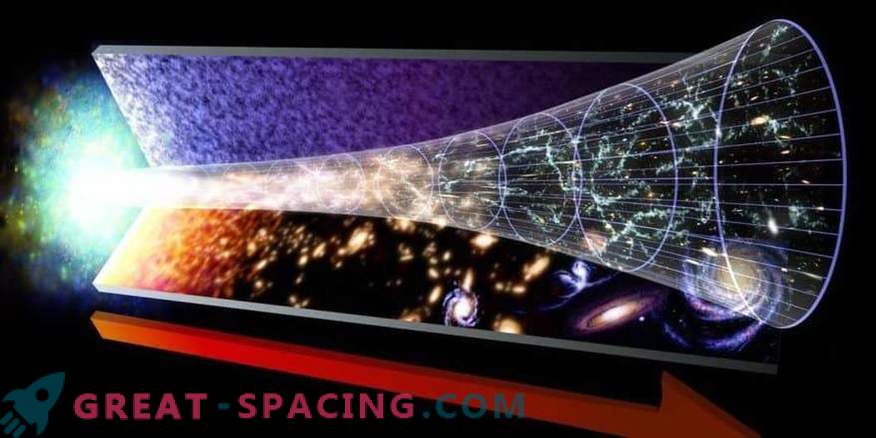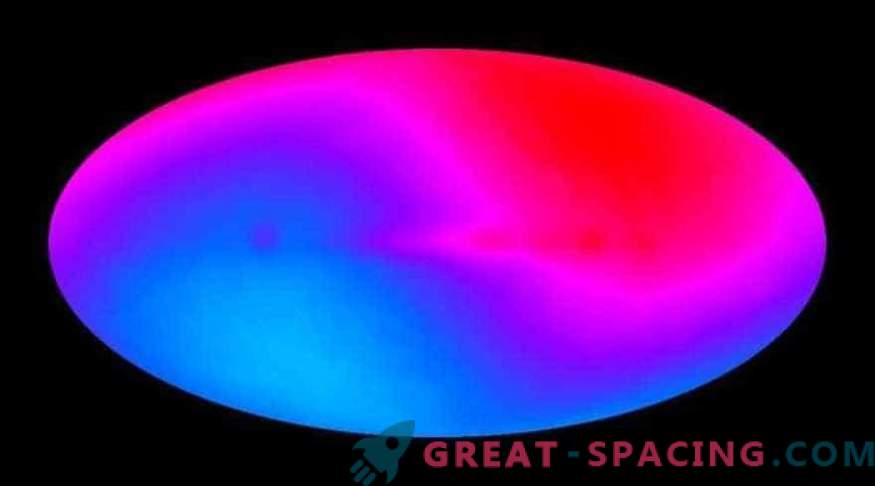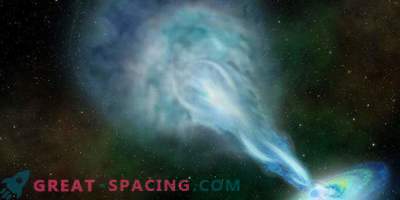
Timeline of the Universe
13.8 billion years ago something amazing happened! One tiny dot of energy spawned everything that we see. Big explosion. We know that this has happened, since we are fixing a constant expansion of space and the distance of galaxies.
The further we look into the past, the less it seems. Of course, then there were no people to capture this moment. But what did it look like? A new study on the amount of light will try to offer some clues.
The space seems dark and cold, but around a lot of light. People see only a certain part, since other sources are hidden in inaccessible frequencies. For example, the night sky seems dark, but it glows at a certain frequency. Microwave detectors fix it and this light fills the entire space.
The light now warms the Universe 2.7 degrees above absolute zero (-270 ° C). The space will continue to expand at an increasing rate, so the temperature will approach -273 ° C.

The night sky in microwaves. Image received by satellite COBE Now rewind time back and note that before the world was much warmer. In the past, the universe was smaller and more compressed, and temperatures were higher. That is, if we go back to the very beginning, we note that the sky looked completely different than today.
Animation of the Big Bang
... let there be light!
With the Big Bang, space has plunged into the light. A second after the event, the universe was a million trillion times smaller than an atom. And it was incredibly hot - in septillion (24 zero) times hotter than the sun.
So the beginning was red-hot and bright. Then followed the expansion and cooling. At an early stage, the Universe was extremely bright at frequencies invisible to direct observation. Then the stars did not twinkle. Just a uniform and shapeless soup of particles. If you looked at such a sky (which is impossible), you would be blind from the intense light.
It was possible to get used to such a spectacle only after 370,000 years, when atoms began to form. However, the temperature was still unbearable. Over the next 4.6 million years, the sky became darker and redder until it turned into the usual dark canvas. There were still no stars. The universe continued its expansion, lowering the degree. Tolerant temperature came when the space was 10 million years. And after another 1 million years the degree resembled the temperature of a cup of tea or a warm bath.
After 5 million years, one would be limited to light summer clothing. Degree will fall again after 15 million years, forcing you to throw on a jacket. The freezing temperature will begin after 16 million years, but after 110 million years the space has cooled to the state of liquid nitrogen.
If you managed to survive this catastrophic event for life, then after 150 million years you were able to admire the sky already familiar to mankind. From the formless beginnings, matter slowly began to merge, submitting to gravity. Flickering appeared in pieces of matter, re-returning light and heat. This is the moment of the appearance of the first stars.











































